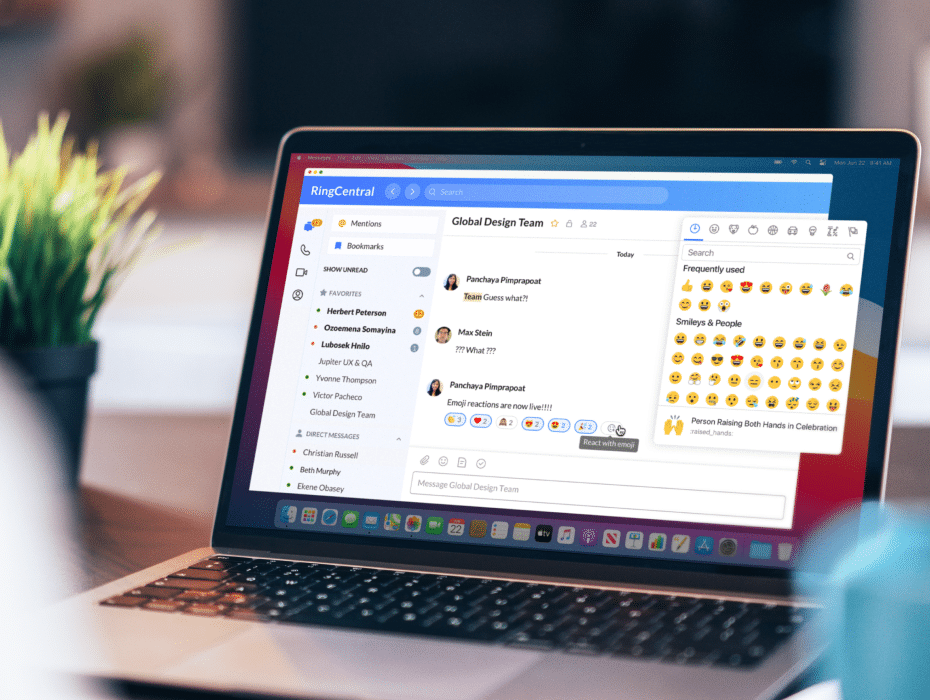If you’ve ever filled your car at a gas station or stopped at a convenience store to pick up some essentials, chances are you’ve engaged in a transaction powered by PDI Software. The leading provider of enterprise solutions for the convenience retail and petroleum wholesale industries, PDI is the company behind the software—for fuel pricing, logistics, inventory management, etc.—that help 200,000 business locations in over 50 countries run more efficiently.
In recent years, the company began an initiative to build on its already-dominant position. Part of that initiative involved acquiring businesses all over the world—several companies each year, in fact.
And although the acquisition strategy has been a highly successful component of PDI’s growth plans, it did create a logistical challenge. The company’s on-prem phone system made it nearly impossible to integrate so many new organizations around the world into PDI’s communications environment.
A global communications solution for a global business
IT Manager Gary Dewrell explains that PDI’s acquisitions, particularly with overseas businesses, were pushing the limits of the company’s in-house phone system. Within just a few years, he notes, PDI had expanded to 16 offices across eight countries: the US, UK, Australia, Germany, India, Thailand, Singapore, and Australia. And the company was still expanding.
“We were adding employees to our corporate family from all over the world,” he says. “That also meant we were taking on customers in new countries. And that created all sorts of issues—like which numbers we should use for support agents covering different regions of the world, and how to route callers to the right people. The hardware-based phone system we were using just wasn’t able to scale globally the way we needed it to.”
When PDI’s consultant recommended a trial with the cloud-based RingCentral, the team realized they’d found the solution to make their global expansion smooth and successful from a technology standpoint.
KP Tusman, PDI’s Senior Technology Technician, explains the night-and-day difference between trying to integrate an acquired organization into the centralized PDI communications environment using the company’s previous phone system and doing so with RingCentral.
“Because RingCentral is cloud-based, now when we bring on a new company, we can just purchase numbers for them and roll out extensions and accounts to their employees right away. We don’t need to wait for telco carriers, hardware companies, third-party installers, or anyone else to get an acquired business fully up and running in our communications environment.”

Why RingCentral has the whole team gushing
Citing just one example, KP points out that during a recent acquisition, PDI’s IT department was tasked with making sure a high-priority team at the acquired company had access as soon as possible to PDI’s IT environment and all of the communication tools they’d need.
“Within 24 hours, one other teammate and I were able to get them all set up with RingCentral phone extensions, access to the RingCentral team messaging platform, RingCentral Meetings for video conferencing, the works,” KP says. “That rapid onboarding would never have been possible with our old phone system.”
